Sign up & choose from 200+ nursing continuing education courses
Select one of our online nursing continuing education courses, take the course, view your assessment and immediately receive your completion certificate.
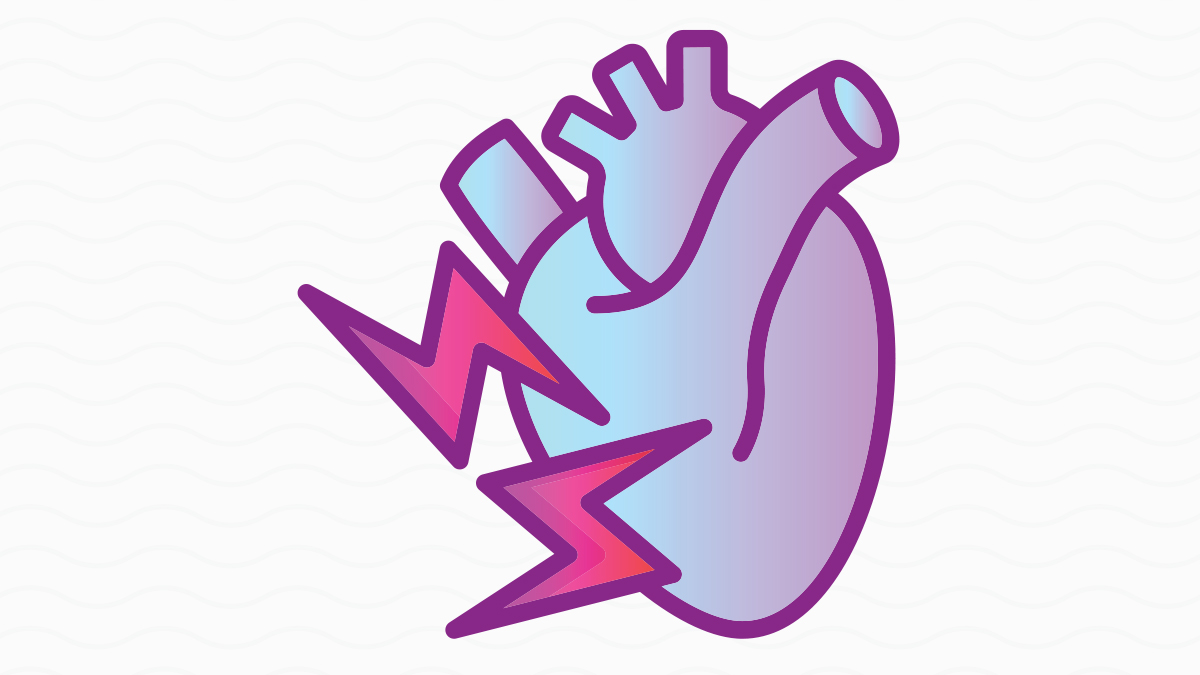
Acute Myocardial Infarction Nursing CE Course for APRNs
This course provides an overview of the pathophysiology of acute myocardial i...
$30.00
3.5 ANCC Contact Hour(s)
1.0 ANCC Pharmacology Contact Hour(s)

Acute Myocardial Infarction Nursing CE Course for RNs and LPNs
This course provides an overview of the pathophysiology of acute myocardial i...
$16.00
3.0 ANCC Contact Hour(s)

Acute Pharyngitis Nursing CE Course for APRNs
This course reviews the pathophysiology, clinical manifestations, diagnosis, ...
$25.00
3.0 ANCC Contact Hour(s)
0.5 ANCC Pharmacology Contact Hour(s)

Acute Pharyngitis Nursing CE Course for RNs and LPNs
This course reviews the pathophysiology, clinical manifestations, diagnosis, ...
$14.00
2.5 ANCC Contact Hour(s)
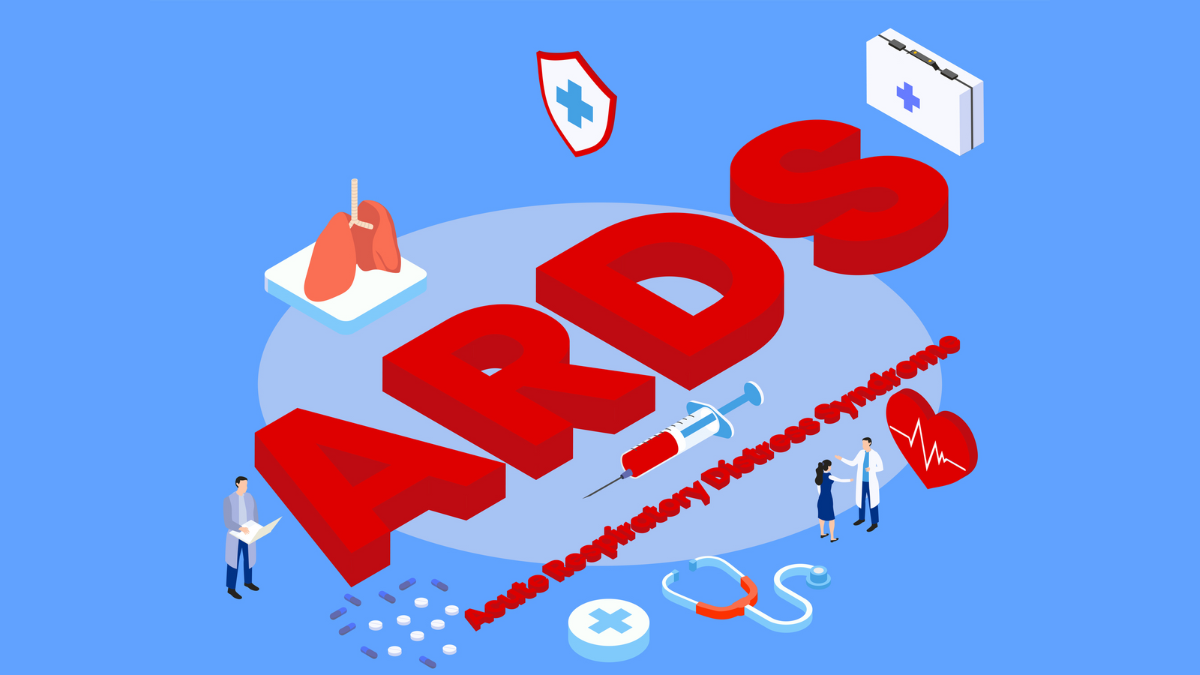
Acute Respiratory Distress Syndrome Nursing CE Course
This course explores the epidemiology, pathophysiology, and risk factors asso...
$11.00
2.0 ANCC Contact Hour(s)

Advance Care Planning Nursing CE Course
This course aims to ensure that nurses understand advance care planning (ACP...
$6.00
1.0 ANCC Contact Hour(s)

Air Quality in the Operating Suite Nursing CE Course
This course reviews air quality in the operating suite, including identifying...
$6.00
1.0 ANCC Contact Hour(s)

Alzheimer’s Disease Nursing CE Course for APRNs
This course reviews Alzheimer's disease, including relevant statistics, path...
$25.00
3.0 ANCC Contact Hour(s)
0.5 ANCC Pharmacology Contact Hour(s)
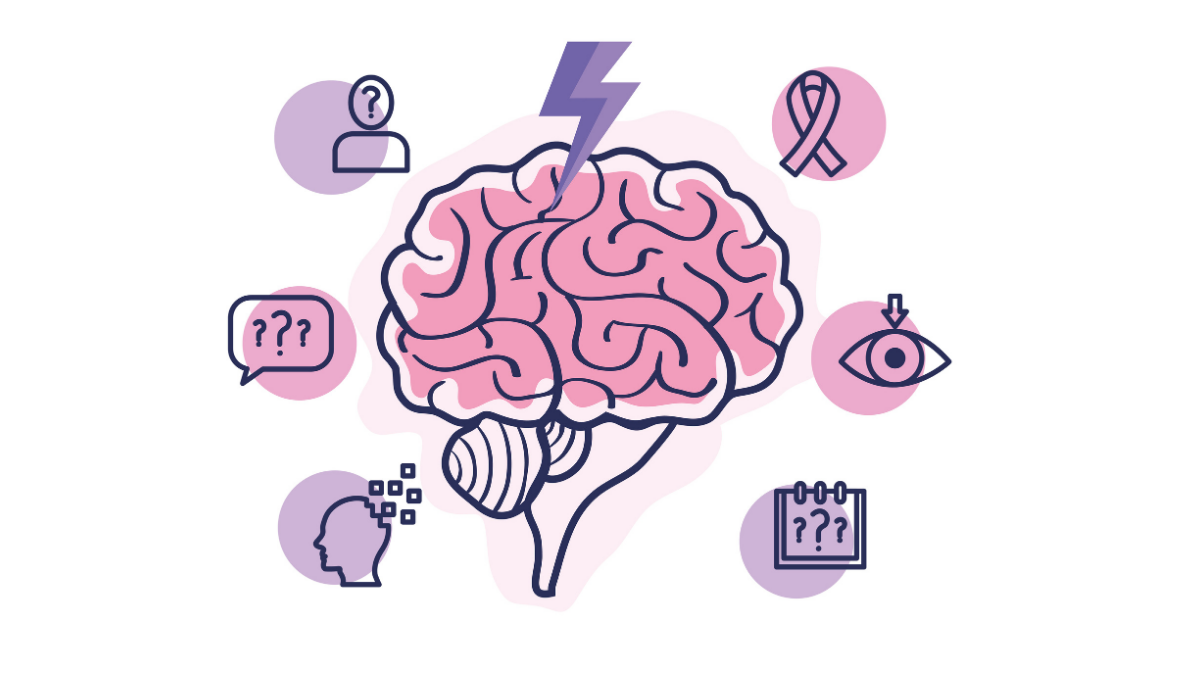
Alzheimer’s Disease Nursing CE Course for RNs and LPNs
This course reviews Alzheimer's disease, including relevant statistics, patho...
$14.00
2.5 ANCC Contact Hour(s)
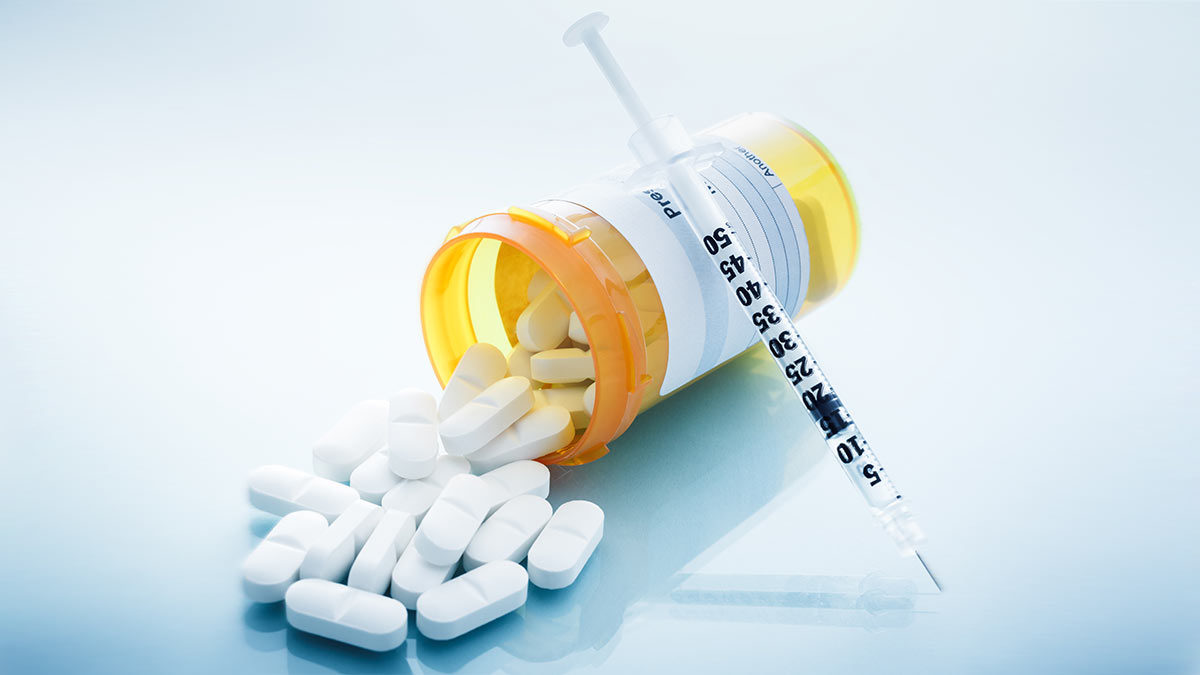
Anabolic Steroid Use and Misuse Nursing CE Course
This learning module reviews relevant terminology and explores the types of a...
$6.00
1.0 ANCC Contact Hour(s)

Anatomy and Physiology of the Endocrine System Nursing CE Course
The purpose of this module is to provide the user with an overview of the ana...
$6.00
1.0 ANCC Contact Hour(s)
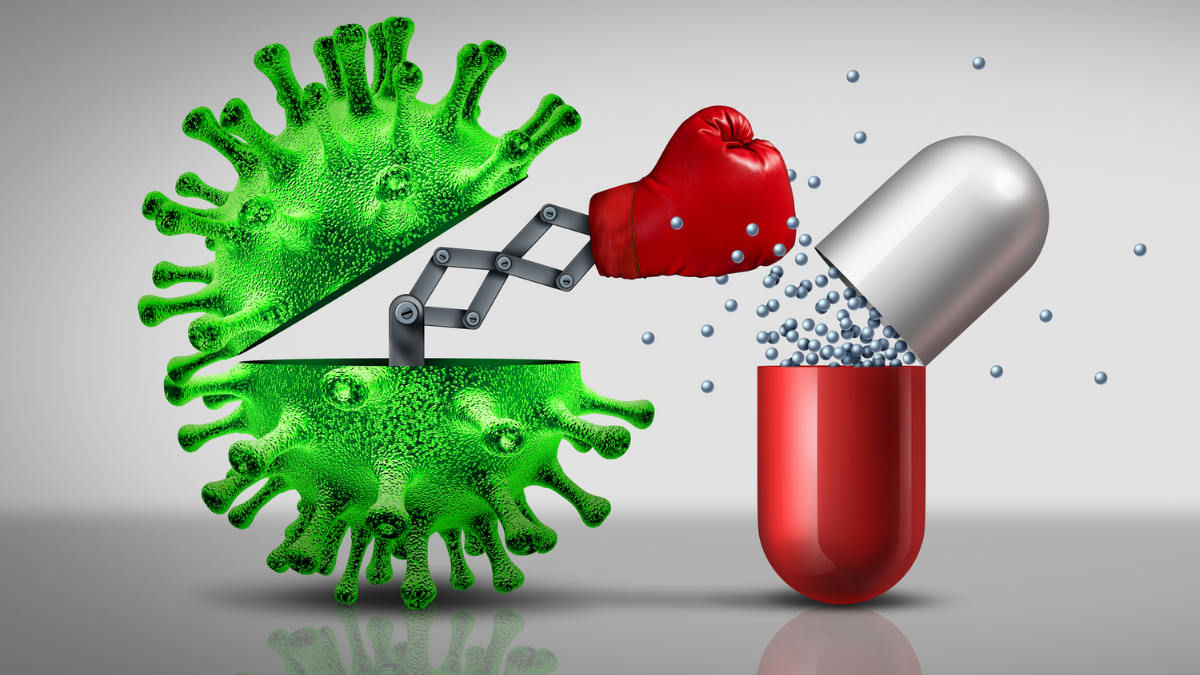
Antimicrobial Resistance Nursing CE Course for APRNs
$20.00
2.0 ANCC Contact Hour(s)
2.0 ANCC Pharmacology Contact Hour(s)